The book, Iranian Lur: Big Lur and Small Lur is a collection of the scattered information, fieldwork, several student’s dissertations and scientific activities that has been categorized and shaped in most of the current issues. The motivation for this research was to produce a small textbook with about 100 – 150 pages on understanding Iranian tribal society for social science’s students, especially sociology and anthropology’s students, because of the massive book of Central Iranian Tribes that was previously published. For this purpose, it was compiled some information beyond the undergraduate students’ needs, and it was difficult for students to select chapters or materials from the book. Therefore, we started to write this work after the publication of the book of Central Iranian Tribes in 1989 in order to help the students.
At the beginning of the work, I wanted to make a division of the Iranian tribes and this division was based on the first official information and census of the Iranian tribes during the reign of King Hussein Safavi in 1749 A.D., it was done appropriately and the result of the work was compiled in a book called Royal Curio. In this census, the Iranian tribes are divided into two groups, “Iranian tribes” that have not been mixed with any other clan and the outer tribes that have migrated to other Safavid lands during Kianian dynasty, and brought them to Iran, and helped them to dwell. According to the recognition of these categories to the Turks’ branch of the “outer states, I began to study the history, social instruction, power classes, and tectonics of the Turkoman Turks. Based on the historical facts, these Turkoman Turks have inhabited for over a thousand years in areas of the Iranian Eastern territory. I first studied the history of their entry, and then their social construction, when their primary researching finished, I realized that the information gathered and coded far outweighed the preliminary requirements. Thence, I ignored to continue to study the outside tribes and did cognitive research on the Iranian tribal Lurs. I divided my work into two sections: “Big Lur” and “Little Lur”, and began my research on this matter.
When I submitted my handwritten copy, Iranian Lurs for publication to my esteemed friend, Mr. Farid Moradi, a director of Atieh Publication, I wanted to delete the Turkmen chapter because it was incompatible with a book called Iranian Lurs. Mr. Moradi said: “Your statements are true, but this part of the book will not be tedious, especially on the subject of the old constructive network that has not been mentioned in all of the rich Turkmen resources. I completely accepted his words. Usually, the point that should be remembered, there are critics who make the judgments and count it against the original name of the book. The original name of the book is Arvand Copper, I already understood this issue and took it for granted, but the publisher’s agreement and interest diminished my sadness. For general understanding and early divisions, I drew the Iranian tribal charts due to their preliminary ethnic and regional ranks, but began my basic research relying on the Iranian Lurs. The Lurs are ethnically a large branch of the Iranian tribes, but they are divided into two major groups: The Great Lur and the Little Lur, the Great Lur resides in the eastern part of the Little Lur, but their territory is divided into four independent regions including Bakhtiari, Kohgiluyeh, Mamasani, and Hayat Davudi. Thence, I divided the whole book into two sections: “Big Lur” and “Little Lur”.

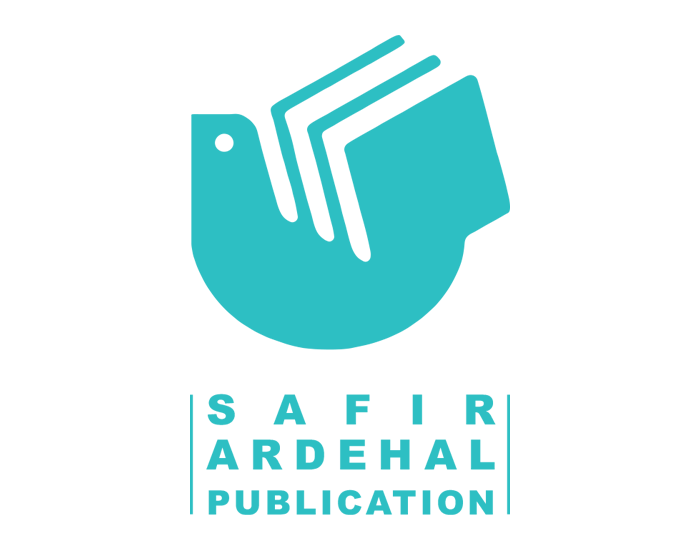
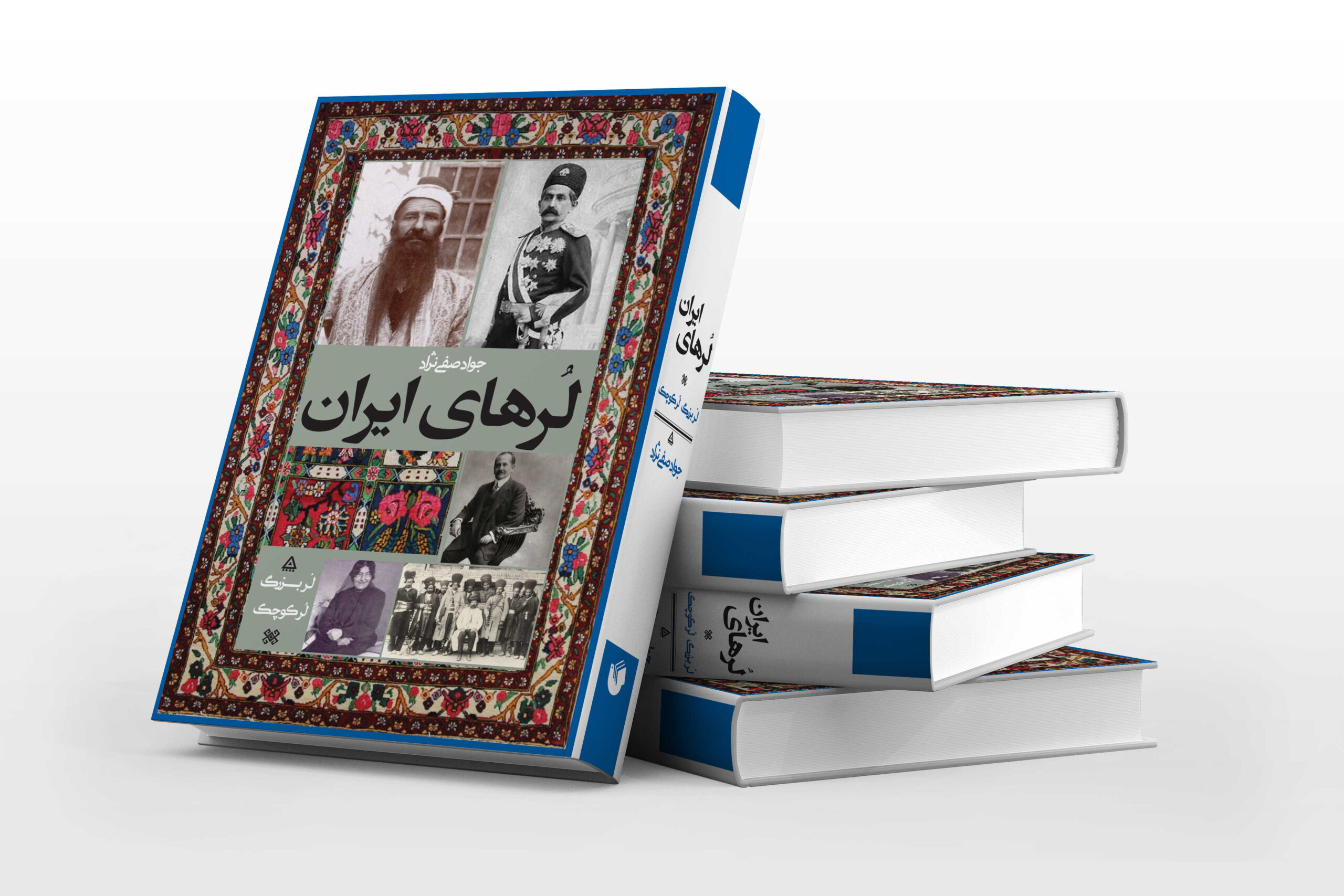
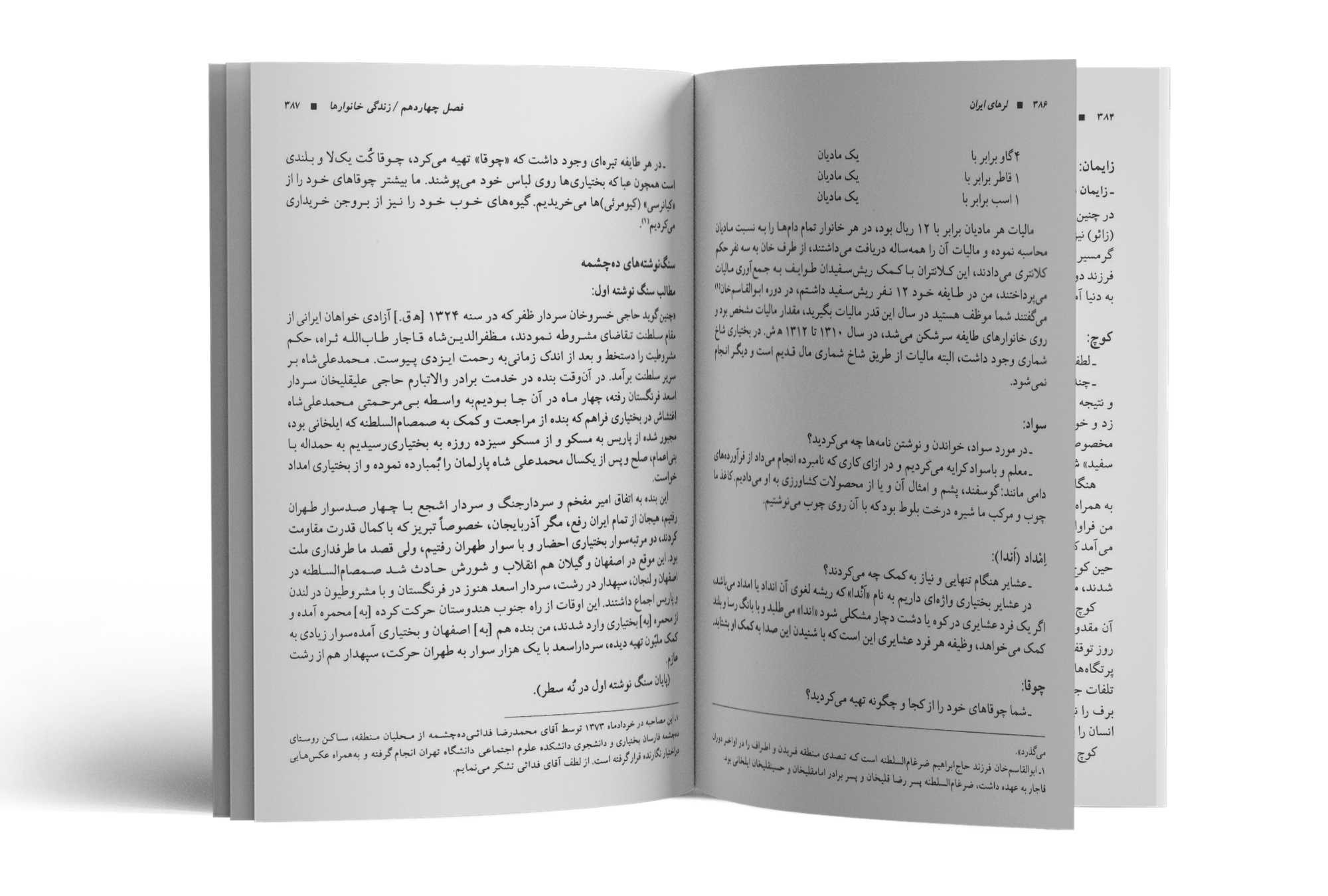
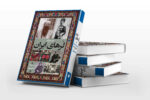
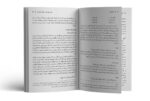

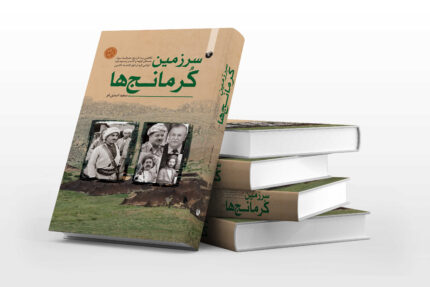



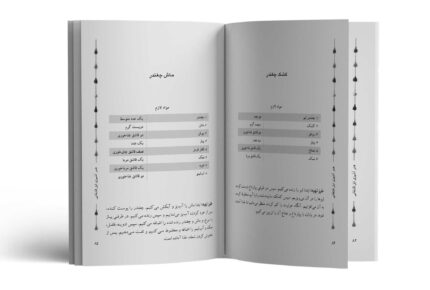
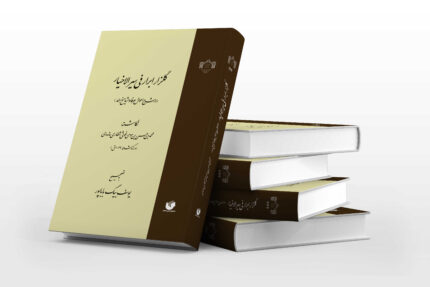
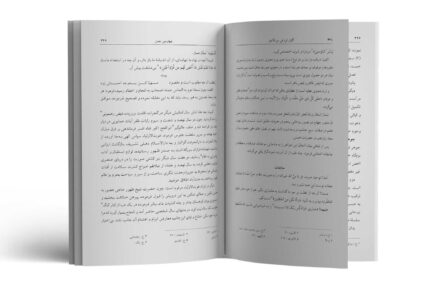
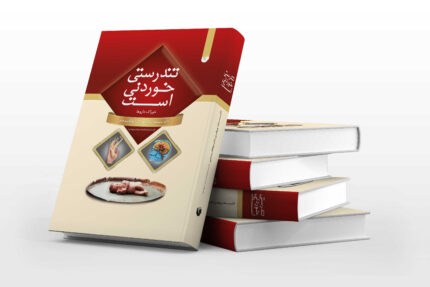
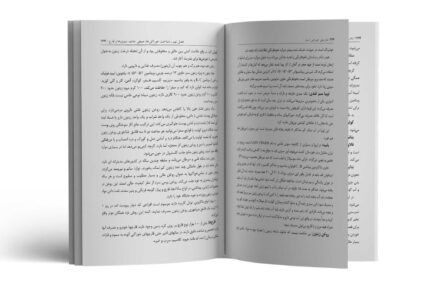
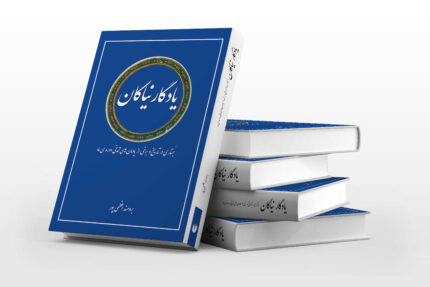
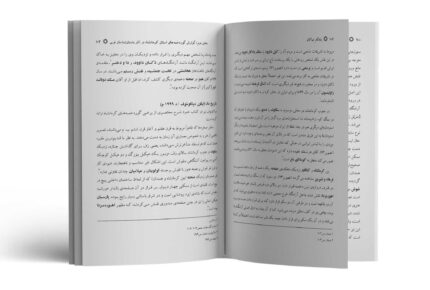
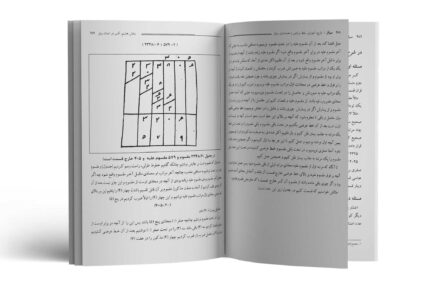

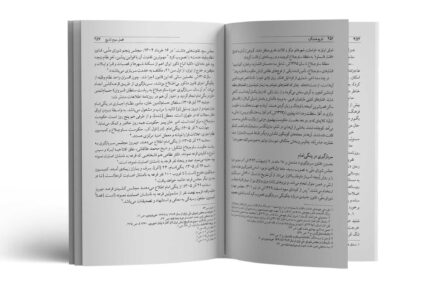
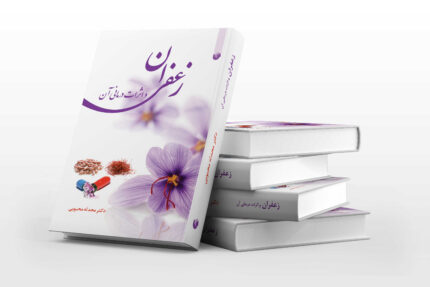
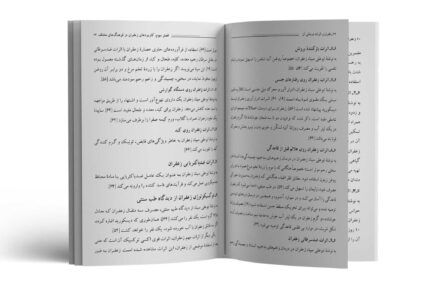
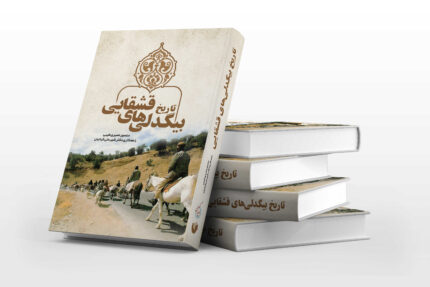
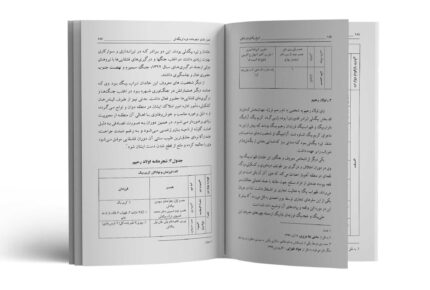
Reviews
There are no reviews yet.